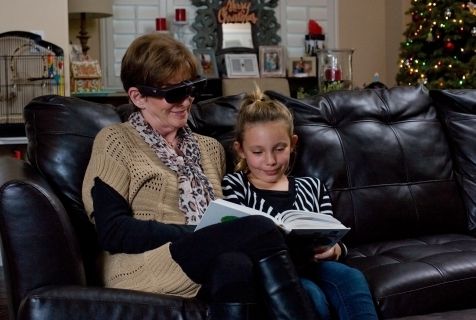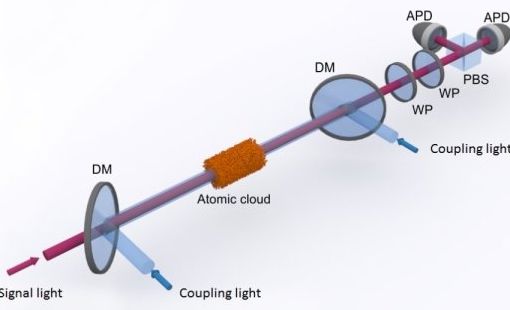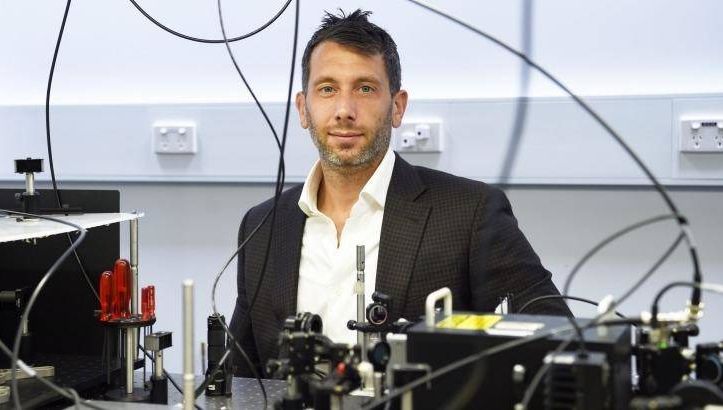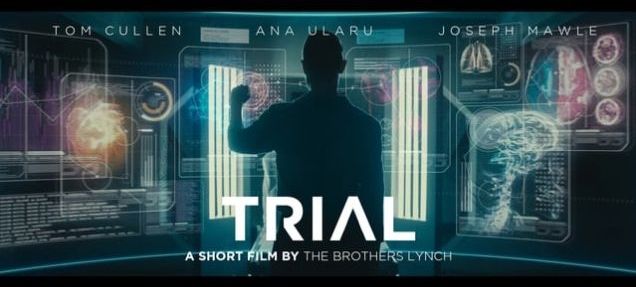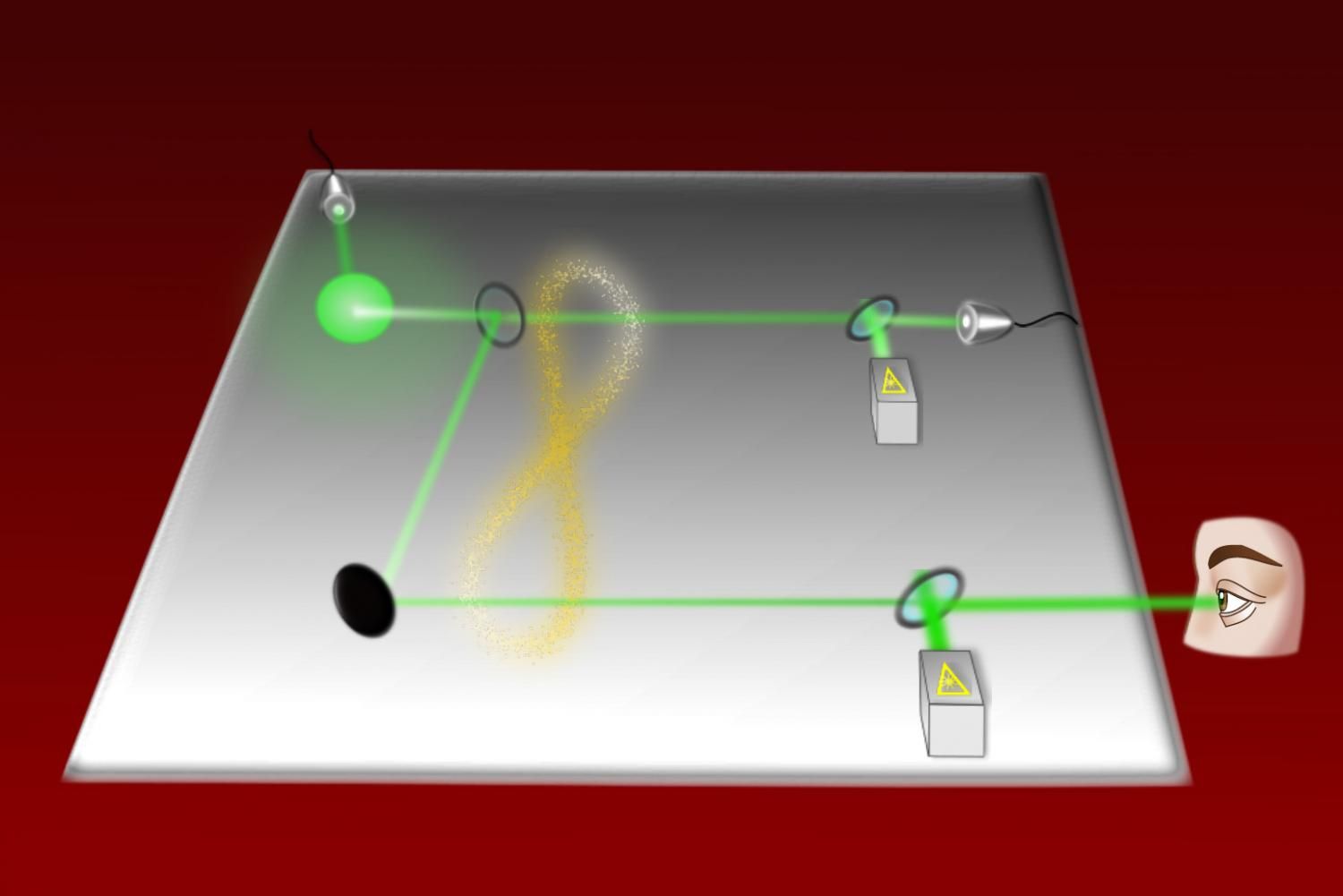
Predictions from quantum physics have been confirmed by countless experiments, but no one has yet detected the quantum physical effect of entanglement directly with the naked eye. This should now be possible thanks to an experiment proposed by a team around a theoretical physicist at the University of Basel. The experiment might pave the way for new applications in quantum physics.
Quantum physics is more than 100 years old, but even today is still sometimes met with wonderment. This applies, for example, to entanglement, a quantum physical phenomenon that can be observed between atoms or photons (light particles): when two of these particles are entangled, the physical state of the two particles can no longer be described independently, only the total system that both particles form together.
Despite this peculiarity, entangled photons are part of the real world, as has been proven in many experiments. And yet no one has observed entangled photons directly. This is because only single or a handful of entangled photons can be produced with the available technology, and this number is too low for the human eye to perceive these photons as light.
Continue reading “An experiment seeks to make quantum physics visible to the naked eye” »
